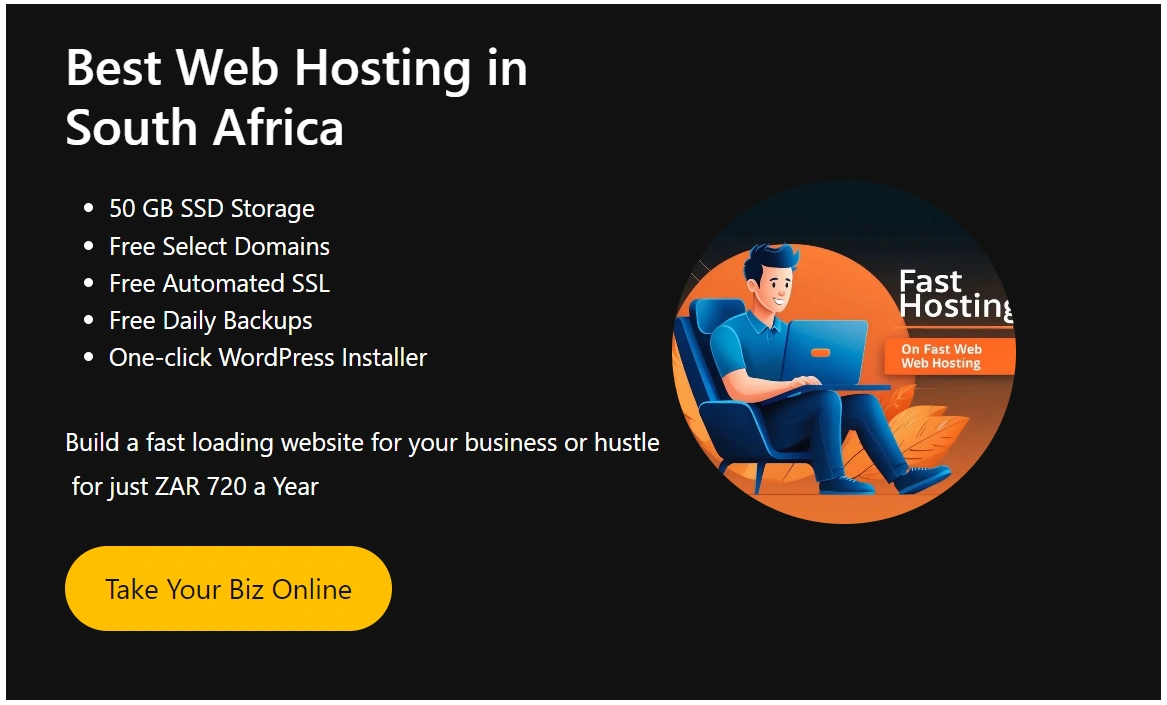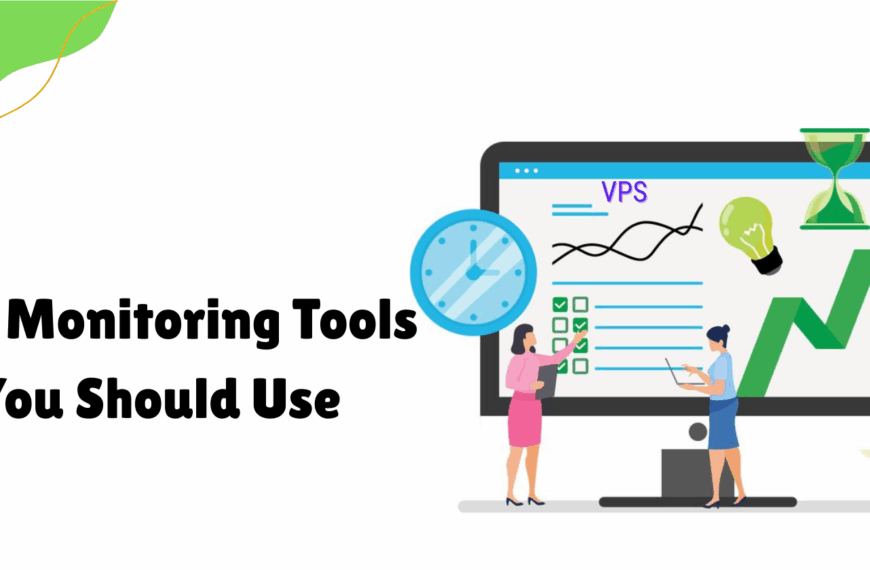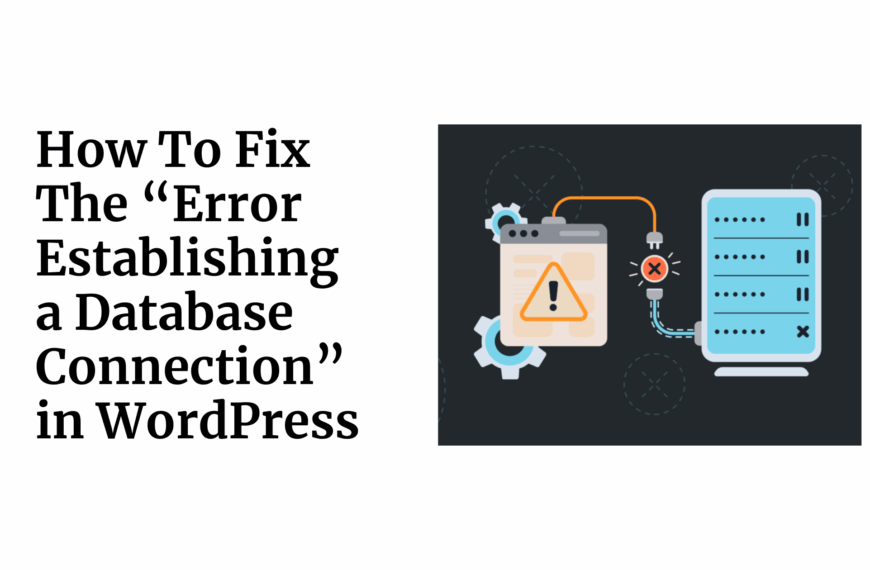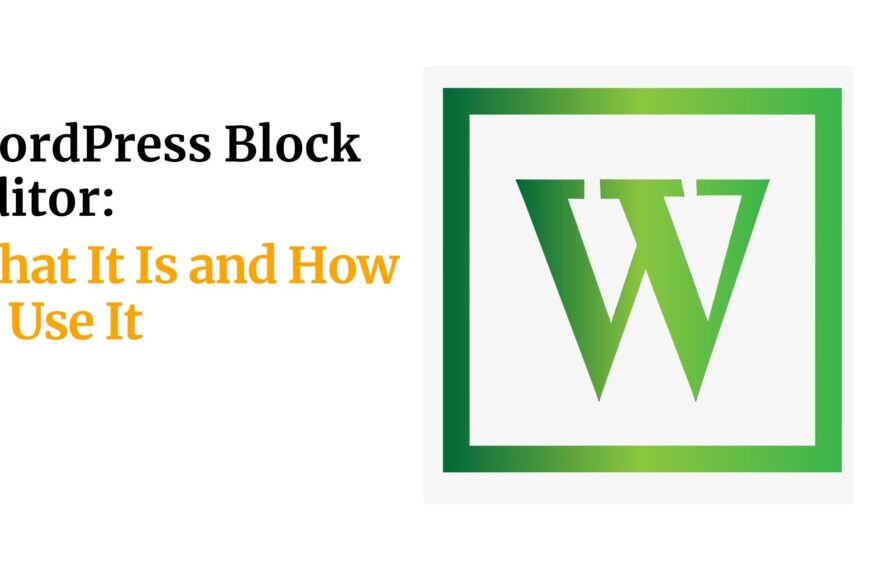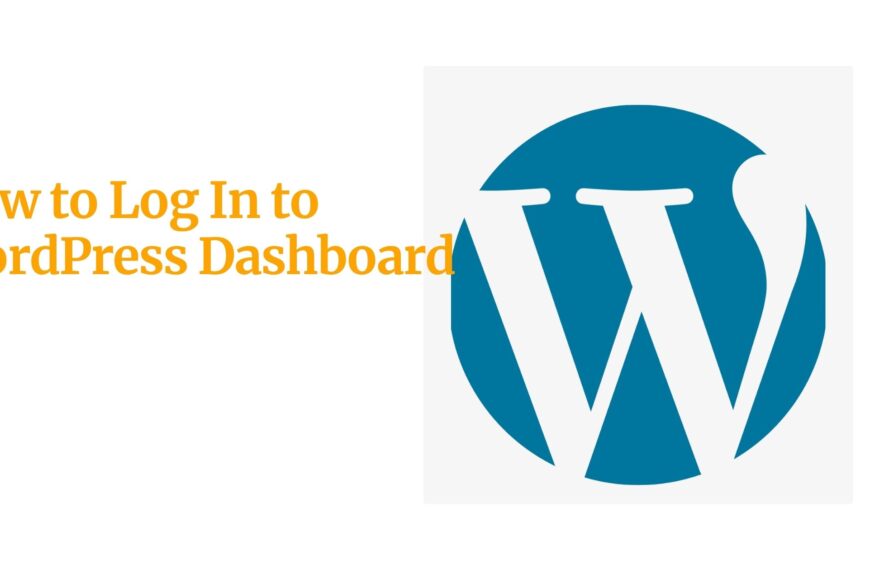Lately, almost everyone is using their phone to check out the internet. That is exactly why you need a mobile-friendly website.
When someone in Durban searches for your service on their phone, their expectation is instant, seamless access—just like they get from their social media feeds.
If your site is slow to load, if they have to pinch and zoom to read, or if forms are too small to fill, they’ll look for a competitor who gets it.
Research shows that if a site doesn’t load in under three seconds, nearly 50% of users abandon it.
Beyond lost visitors, a hard-to-use site can hurt your brand’s credibility.
In a country where recommendations spread quickly on WhatsApp, a frustrated user can become a negative review in seconds.
Conversely, a fast, easy-to-navigate site earns ongoing loyalty and encourages shares.
In short, a mobile-friendly website ensures your audience in Cape Town, Durban, or Soweto can shop, read, or connect with ease.
So, let’s create one for you!
Table of Contents
Why do you eed Mobile-Friendly Website?
In South Africa, the mobile revolution is in full swing.
More than 40 million of us reach for smartphones to get online, and since 83% of that traffic is mobile, your website has to play nice with small screens.
Basically, a mobile-friendly website keeps visitors glued to your content, elevates your Google rankings, and turns casual clicks into loyal sales.
Why does this matter?
Google rewards mobile-friendly sites with better visibility in search results, which is crucial for small businesses competing for attention.
With more people accessing your company from search results than social media, appearing at the top is your first sales hurdle.
Also, local payment options like SnapScan and Vodacom’s VodaPay are already mobile-optimized, so why not your site?
Integrating these aligns your business with your audience’s habits, making it easy for someone in Soweto to complete a purchase in under a minute.
Finally, mobile-friendly design is a legal and inclusive requirement.
South African law emphasizes equal access for people with disabilities.
A responsive site that adjusts for screen readers or larger buttons for motor skill challenges shows your brand cares.
Armed with these insights, the next step is building a site that not only meets these needs but also drives results.
Ready to create a site that stops South Africans in their tracks?
Let’s jump into the steps for building a mobile-friendly website that takes your business or blog to new heights.
Step 1: Choose a User-Friendly Website Builder
Building a mobile-friendly website is no longer exclusive to coders and tech-savvy designers.
Today’s website builders are user-friendly enough that you can create a polished, professional site within a few hours.
With that in mind, you need to choose the right builder for your South African business or blog, ensuring your site does well on small screens and as well stands out.
Why Website Builders Are Ideal for Beginners
Platforms such as WordPress, Wix, Olitt, and Truehost focus on a few key advantages: drag-and-drop design, templates that automatically adjust for any screen size, and the absence of coding requirements.
The result is a site that looks sharp on smartphones, tablets, and laptops without any extra effort on your part.
In South Africa, where most web traffic comes from mobile devices, this feature is essential.
WordPress is the standout choice globally, powering more than 40% of the web, thanks to its adaptability and a massive library of plugins.
Best Website Builders for Mobile-Friendly Websites
Truehost: Truehost offers mobile-responsive templates that create a website that looks great on all screen sizes—phones, tablets, laptops, and desktops.
You don’t need to create a separate mobile version.
You also get free SSL, plenty of storage, and local-focused template designs to drive local traffic.
WordPress: This powerhouse provides thousands of themes that automatically adjust to mobile screens.
Add plugins such as Yoast for search engine optimization so you can boost traffic without extra trouble.
For a smooth start, you can choose Truehost’s managed WordPress hosting, where you can install WordPress with a single click.
Wix: If you prefer an all-in-one platform, Wix’s simple drag-and-drop interface and a library of mobile-ready templates make it easy to get online.
You can customize every single element, and the mobile editor lets you tweak the mobile version separately if you want.
OLITT: Truehost’s OLITT builder is engineered for South African small businesses.
The pricing is wallet-friendly, and the focus is on speed, so your site loads quickly even on mobile data.
OLITT includes easy SEO tools to help your site get found.
Squarespace: If stunning visuals are your priority, Squarespace’s beautifully designed templates do the heavy lifting.
Every template is mobile-responsive by design, ensuring your site looks as good on a smartphone as it does on a desktop.
You can also add e-commerce functions without a hitch.
In sum, your choice of website builder depends on your needs—do you want ultimate control, a simple drag-and-drop experience, cost-effectiveness, or high-end graphics?
Every option listed here is capable of delivering a mobile-friendly site, so weigh the trade-offs based on your specific goals.
After that, you can move on to the next step: customizing your chosen platform to reflect your brand and voice.
How to Choose the Right Builder
Start with your goal.
A Durban-based travel blogger may lean toward WordPress for its storytelling features, while a Bloemfontein boutique could opt for OLITT for its rapid deployment.
Whichever platform you pick, ensure it has a mobile preview tool to preview the design across popular devices.
Truehost’s website builder, for instance, allows you to craft a responsive design in minutes, with hosting included.
Practical Tips for South Africans
- Localize Your Design: Use themes that resonate with South African aesthetics, like vibrant colors or local imagery.
- Test on Budget Devices: Many South Africans use affordable smartphones. Ensure your site works on low-end devices.
- Leverage Truehost’s Tools: Their cPanel simplifies site management, letting you tweak mobile settings without stress.
Step 2: Select Reliable Hosting for Your Mobile-Friendly Website
Your mobile-friendly website needs a solid foundation, that is, reliable hosting.
Without it, your site could be slow, crash during traffic spikes, or fail to load on mobile devices, frustrating your audience.
Truehost offers affordable, high-performance hosting tailored for local businesses and bloggers.
Why Hosting Is Critical for Mobile Performance
Speed is everything.
Studies show 47% of users expect websites to load in 2 seconds or less, and Google penalizes slow sites in search rankings.
Truehost’s shared hosting uses LiteSpeed servers and SSD storage to ensure your website loads lightning-fast, even for users in rural areas with spotty connections.
Truehost’s Hosting Options for South Africans
- Starter Plan (R33/month): Ideal for bloggers or startups, with unlimited bandwidth, free SSL, and a free .co.za domain.
- Business Plan (R50/month): Supports multiple websites, perfect for growing businesses in Johannesburg or Cape Town.
- WordPress Hosting: Optimized for WordPress, with one-click installs, automatic updates, and enhanced security.
- Cloud Hosting: Scalable for high-traffic sites, ensuring your website handles growth.
Truehost’s Competitive Edge
Truehost has a 99.999% uptime guarantee that keeps your site online 24/7, and 24/7 support via LiveChat, WhatsApp, or phone ensures help is always a click away.
Free daily backups and a 30-day money-back guarantee make it risk-free to start.
How to Get Started
Visit Truehost’s hosting page, choose a plan, and register a .co.za domain for just R50.
Use their cPanel to manage hosting settings, install WordPress, or set up email accounts.
For bloggers, Truehost’s WordPress hosting simplifies the process, ensuring your website is live in minutes.
South Africa-Specific Hosting Tips
- Local Domains: A .co.za domain builds trust with South African customers.
- Data Compliance: Truehost complies with POPIA, protecting user data for your peace of mind.
- Affordability: Plans start at R33/month, making Truehost a budget-friendly choice for entrepreneurs in Soweto or East London.
Step 3: Design a Mobile-Responsive Website
A mobile-friendly website must look stunning and function flawlessly on smartphones.
Here’s how to design one that captivates your South African audience.
Choose a Mobile-Responsive Theme
Select a theme that adjusts to any screen size.
WordPress themes like Astra or OceanWP are free and mobile-ready. Wix and OLITT offer similar options.
Browse themes via Truehost’s WordPress hosting dashboard to find the perfect fit.
Simplify Navigation for Mobile Users
Mobile users want speed and clarity.
Use a clean menu with 3–5 items, like “Home,” “Shop,” “Blog,” “About,” and “Contact.”
Avoid dropdowns with too many options—they’re hard to tap on small screens.
Test navigation on budget smartphones common in South Africa.
Optimize Images for Faster Loading
Large images slow down your website, especially on 3G connections.
Compress images with tools like TinyPNG or Smush before uploading. Truehost’s SSD storage speeds up image delivery, but optimization is key.
Incorporate South African Flair
Add local touches, like images of Table Mountain for Cape Town businesses or Zulu-inspired colors for cultural brands.
This resonates with your audience and builds trust.
Step 4: Optimize for SEO to Reach South Africans
A mobile-friendly website needs to be discoverable.
Search engine optimization (SEO) ensures your site ranks high on Google, attracting South African visitors.
Target Mobile-Friendly Keywords
Use phrases like SEO friendly keywords in your content.
Plugins like Yoast SEO, available with Truehost’s WordPress hosting, simplify keyword optimization.
Boost Page Speed for SEO
Google rewards fast sites.
Truehost’s LiteSpeed servers and free SSL certificates enhance your website’s speed and security, improving rankings.
Use tools like Google PageSpeed Insights to identify bottlenecks.
Leverage Local SEO
Include your city or region (e.g., “Durban coffee shop”) in page titles, meta descriptions, and content.
Create a Google My Business profile to appear in local searches, especially for brick-and-mortar businesses.
Understand Mobile-First Indexing
Google indexes mobile versions of websites first.
Ensure your mobile website mirrors your desktop site’s content.
Truehost’s hosting ensures consistent performance across devices, keeping Google happy.
Practical SEO Tips
- Write short, scannable paragraphs for mobile readers.
- Use alt text for images to improve accessibility and SEO.
- Submit your sitemap to Google Search Console via Truehost’s cPanel.
Step 5: Prioritize Security for Trust and Safety
A secure website builds trust with users, encouraging them to shop or engage.
Install a Free SSL Certificate
An SSL certificate enables HTTPS, showing a padlock in browsers. Truehost includes free SSL with all plans, protecting user data and boosting SEO.
Use Strong Passwords and 2FA
Secure your website builder and hosting accounts with complex passwords and two-factor authentication. Truehost’s cPanel lets you manage security settings easily.
Enable Daily Backups
Mistakes happen. Truehost’s free daily backups let you restore your website if something goes wrong. Schedule backups via their cPanel.
Keep Software Updated
Outdated plugins or themes can expose vulnerabilities. Truehost’s managed WordPress hosting handles updates automatically, saving you time.
South Africa-Specific Security Tips
1. POPIA Compliance: Truehost ensures your site meets South Africa’s data protection laws.
2. Educate Users: Add a privacy policy page to reassure visitors about data safety.
Step 6: Test and Launch Your Mobile-Friendly Website
Before launching, ensure your website is ready for users.
Test Across Devices
Preview your site on smartphones, tablets, and desktops.
Truehost’s website builder includes mobile preview tools to tweak layouts. Test on budget devices like Huawei or Samsung A-series, or others that are common in South Africa.
Verify Links and Forms
Broken links or forms frustrate users. Test all buttons, menus, and contact forms. Truehost’s 24/7 support can help resolve issues quickly.
Launch and Promote
Publish your site via Truehost’s cPanel. Share it on South African social media platforms like Facebook or WhatsApp groups. Email your subscribers with a launch announcement.
Monitor Performance
Use Google Analytics to track mobile traffic. Truehost’s hosting includes tools to monitor uptime and performance, ensuring your site stays fast.
Conclusion
Your South African business or blog deserves a mobile-friendly website that shines.
Truehost makes it easy, affordable, and fast.
So, don’t let a slow or outdated website hold you back.
With Truehost, you can launch a mobile-friendly website in minutes, complete with one-click WordPress installs and automatic updates.
Their 30-day money-back guarantee means you can try it risk-free.
Take the leap today—visit truehost.co.za, choose a plan, and build a mobile-friendly website that grows your audience and sales.
Start now and join thousands of South Africans succeeding online with Truehost!
 Web Hosting
Web Hosting Windows HostingBuilt for Windows apps and websites – stability, speed and flexibility
Windows HostingBuilt for Windows apps and websites – stability, speed and flexibility Reseller HostingLaunch a hosting business without technical skills or expensive infrastructure
Reseller HostingLaunch a hosting business without technical skills or expensive infrastructure Affiliate ProgramRefer customers and earn commissions from sales across our platform
Affiliate ProgramRefer customers and earn commissions from sales across our platform Domain SearchFind and secure a domain name in seconds with our quick lookup tool
Domain SearchFind and secure a domain name in seconds with our quick lookup tool CO ZA Domains
CO ZA Domains All DomainsExplore domain names from over 324 TLDs globally – all in one place
All DomainsExplore domain names from over 324 TLDs globally – all in one place Free Whois Lookup Tool South Africa
Free Whois Lookup Tool South Africa VPS
VPS SSLs
SSLs
